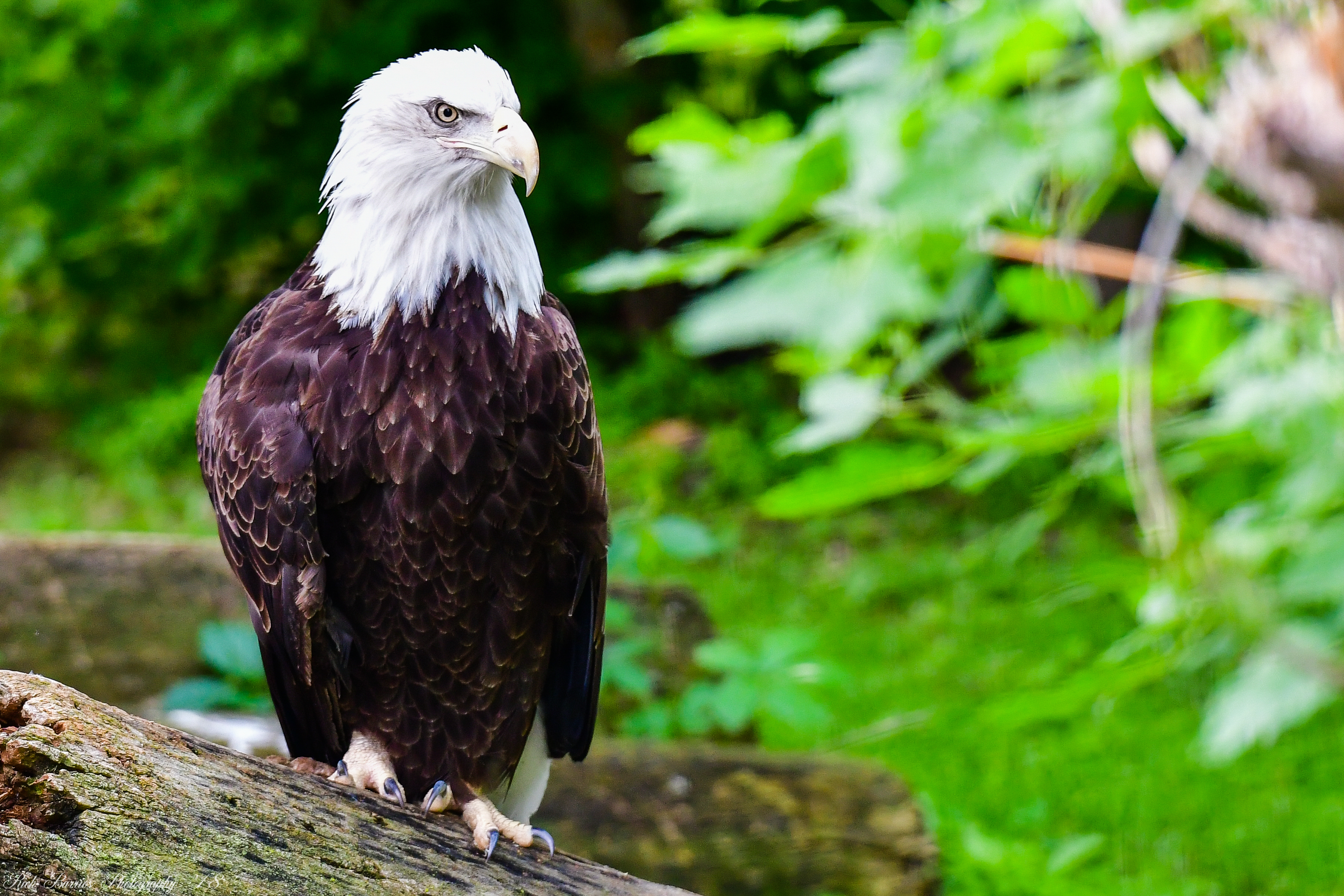* Threatened or Endangered

Bald Eagle *
: Haliaeetus leucocephalus
: Bird
: Rare, along shores and waterways from Alaska and Canada to Mexico
: Fish, fowl and small game
: Weight to 12 lbs., wingspread up to 7 feet
: Least Concern
• Overall, the bald eagle population is making a remarkable recovery across much of North America.
• The ban on DDT played a key role in allowing eggs to be of sufficient strength to withstand the weight of the adult bird during incubation.
• Adult birds are readily identified by their white “bald” heads and tail feathers.
• Immature bald eagles have dark heads and necks and do not develop adult plumage until the age of three.
• Pesticides like DDT seeped into rivers and became concentrated in fish tissues. When the eagles ate these fish, it caused their eggshells to be too thin. The birds literally smashed their own eggs when they attempted to incubate them, resulting in plummeting numbers of the species.
Respect native wildlife by remembering that…it’s wild! When enjoying native land where wildlife lives, always be aware, be safe, and leave no trace. Never approach, taunt, or feed wildlife. Interacting with them can be dangerous to you and to them. Instead, enjoy their beauty and their ecosystem without disturbing them. To learn more, follow these links:
gf.nd.gov/wildlife/orphaned
www.nationalparks.org/connect/blog/tips-safely-visiting-national-parks
